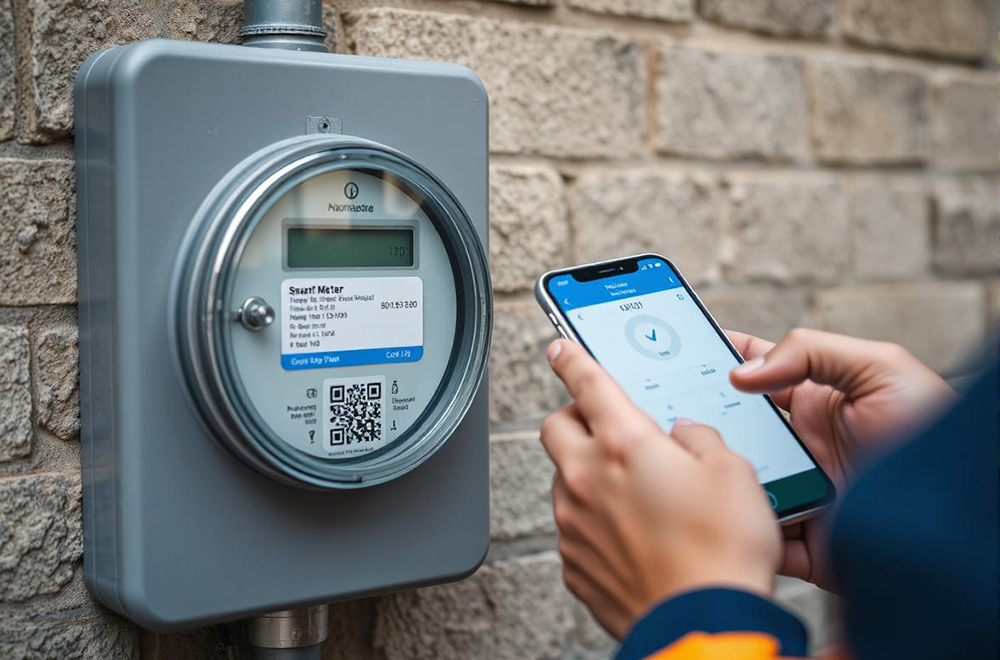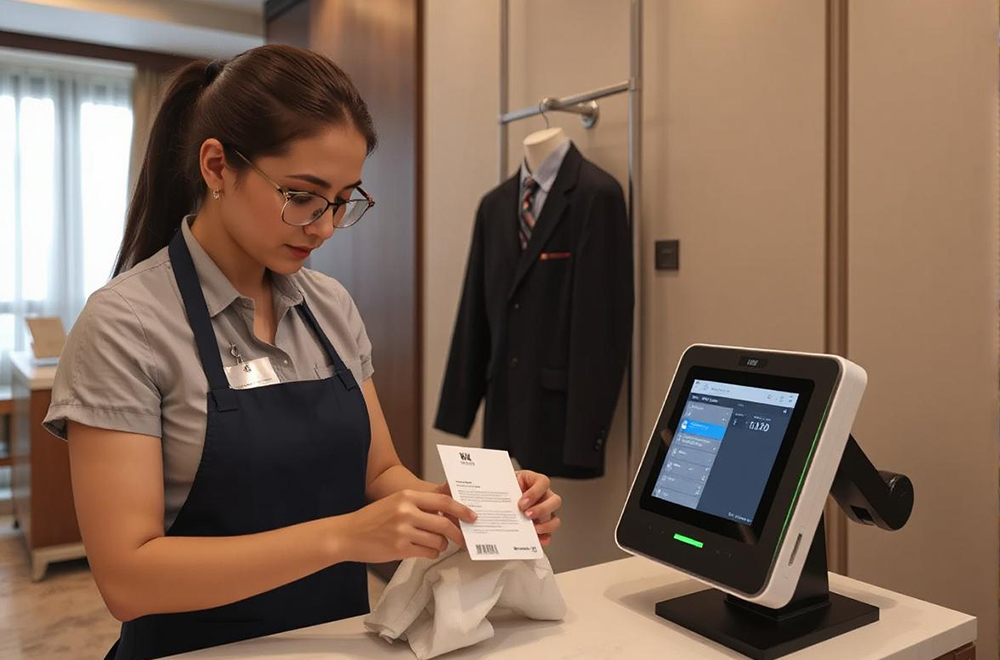When it comes to tracking and managing inventory, businesses often face the choice between RFID and barcoding technologies. Each system has its own advantages and limitations, making the right choice dependent on factors such as security, durability, cost, and implementation complexity. Understanding the key differences between RFID and barcode scanning can help organizations make an informed decision.
Radio Frequency Identification (RFID) uses radio waves to transmit data between an RFID tag and a reader. Each tag contains a sensor and an antenna, allowing it to send information wirelessly without requiring direct line of sight. This enables RFID systems to scan multiple tags at once, improving efficiency in logistics, inventory management, and access control.

Barcoding technology relies on a beam of light to read black-and-white patterns on a label. A scanner deciphers the reflected light into data that is then transmitted to a computer system. Unlike RFID, barcode scanners require a direct line of sight and must scan each label individually. While this process is slower than RFID, it is often more cost-effective and simpler to implement.
One of the biggest advantages of RFID is its ability to scan multiple items simultaneously, making it a preferred solution for high-speed operations like warehouse automation and asset tracking. However, RFID tags and readers tend to be more expensive, and environmental factors such as metal and liquids can interfere with signal transmission.
On the other hand, barcode systems are generally more accurate for one-to-one scanning tasks and are unaffected by interference from surrounding materials. While barcode labels can be damaged or worn over time, they remain a reliable and economical option for many businesses.
Efficiency: RFID can scan multiple items at once, reducing labor time.
Durability: Unlike barcodes, RFID tags can withstand harsh environments.
Security: RFID offers encryption capabilities that barcodes lack.
Cost: RFID tags and readers are significantly more expensive than barcode systems.
Interference Issues: Metals and liquids can disrupt RFID signal transmission.
Implementation Complexity: Deploying an RFID system requires specialized planning and infrastructure.
RFID is particularly useful in scenarios where speed, automation, and data security are crucial. Common use cases include:
Inventory management in large warehouses where bulk scanning improves efficiency.
Asset tracking in manufacturing to monitor high-value equipment.
Access control systems for secure facility entry.

For businesses with budget constraints or simpler tracking needs, barcoding remains a practical solution. It is ideal for:
Retail point-of-sale systems, where individual items are scanned.
Healthcare inventory tracking, ensuring medication and supplies are accurately recorded.
Small businesses that need an affordable and easy-to-implement system.
Selecting between RFID and barcoding depends on your business needs, budget, and operational requirements. If you require high-speed scanning, automation, and enhanced security, RFID may be the right fit. However, if cost-effectiveness and straightforward implementation are priorities, barcoding remains a reliable option.
At ZD Technology, we specialize in providing advanced RFID to diverse industry needs. Contact us today to explore how we can help optimize your tracking and inventory management systems.
Do you need a professional team to provide you with solutions? Contact us for a quote
Let us discuss it with you.